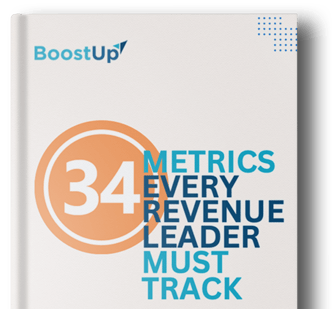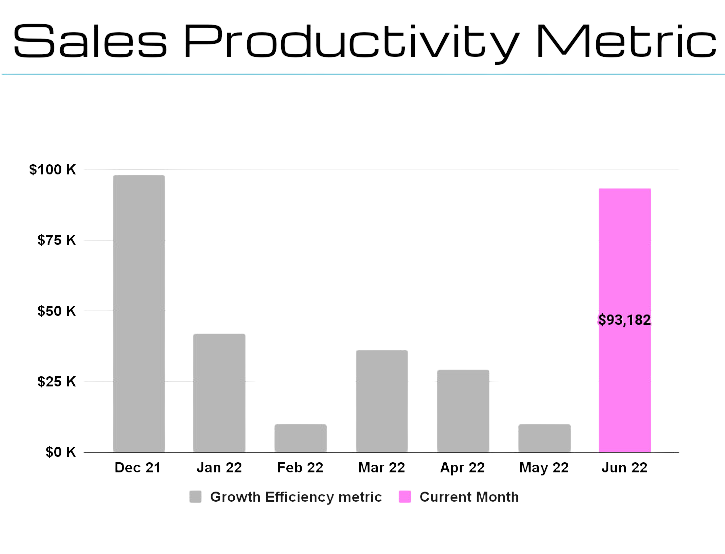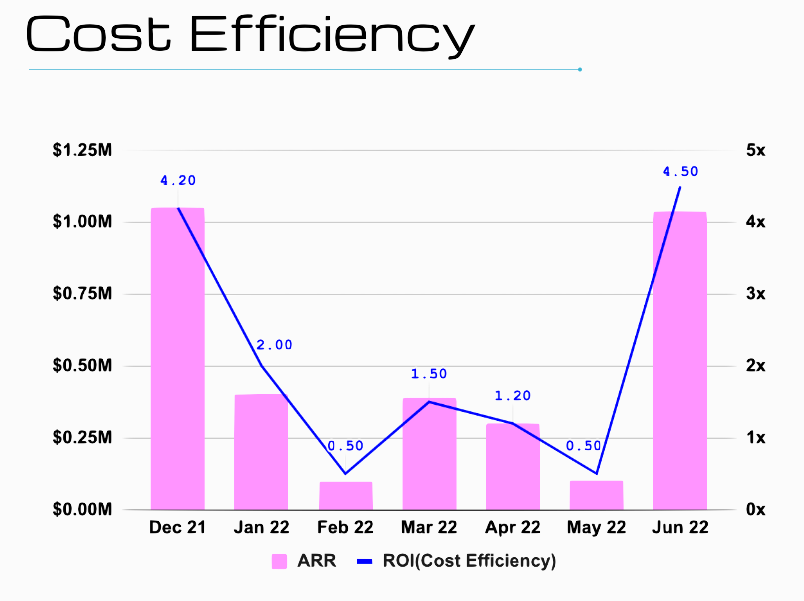Metric 1: Sales Productivity
{color=#FFFFFF, opacity=100, rgba=rgba(255, 255, 255, 1), rgb=rgb(255, 255, 255), hex=#FFFFFF, css=#FFFFFF}
The Sales Productivity Metric is a pivotal indicator of your sales team's efficiency and effectiveness in generating revenue. It evaluates the rate at which your sales team converts leads into customers, and monitors the resources consumed in the process. This powerful metric is crucial in assessing the profitability of your sales efforts, thus informing strategic decision-making and targeted initiatives.
By scrutinizing key performance indicators with the Sales Productivity Metric, businesses can quickly identify high-performing tactics and those needing improvement. This priceless insight allows for accuracy in forecasting, pinpoints areas with growth potential, and helps curtail any counterproductive sales practices. In essence, the Sales Productivity Metric simplifies complex data, empowering businesses to focus on their ultimate goal - driving revenue growth efficiently.













